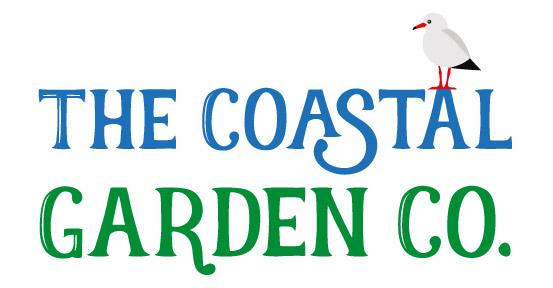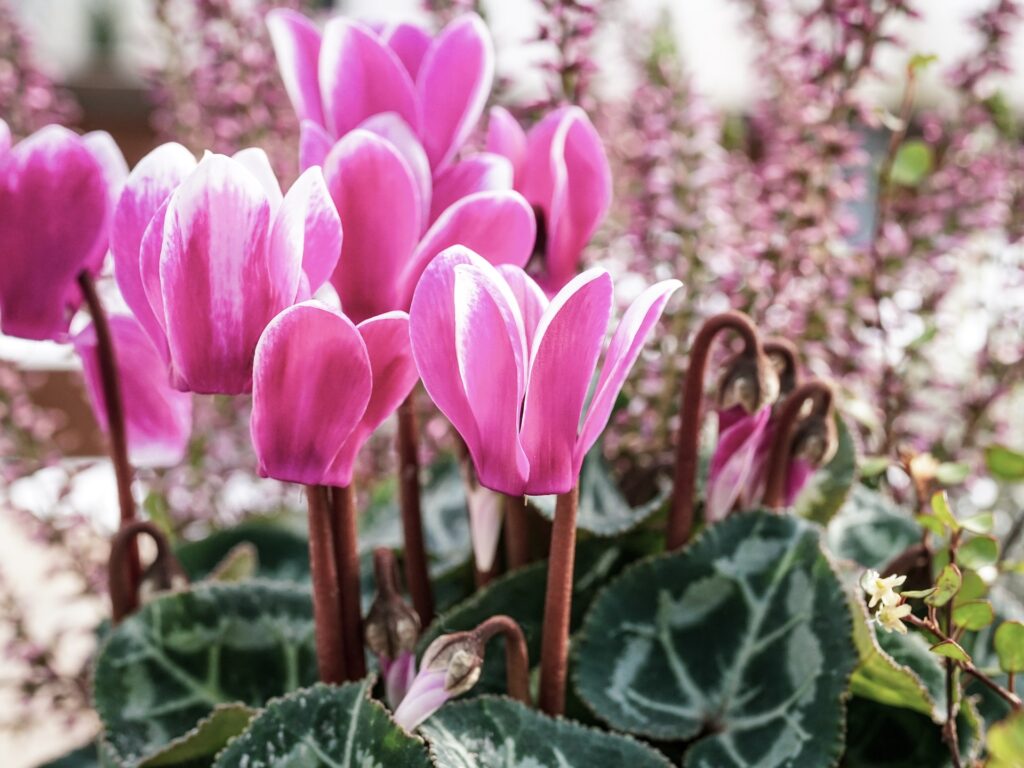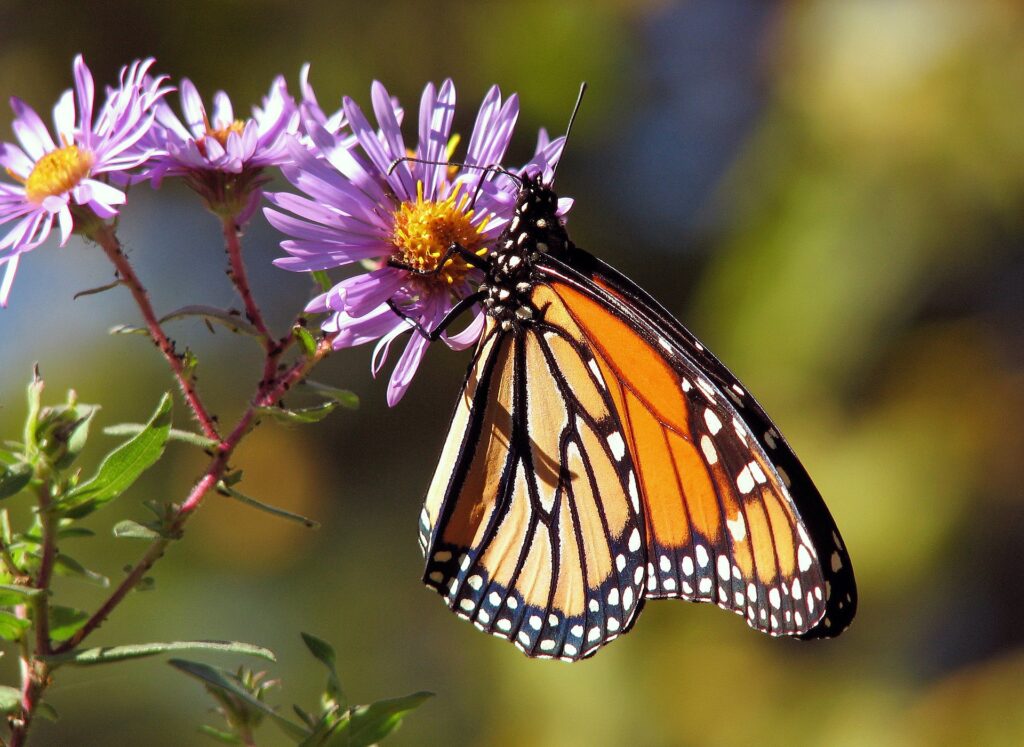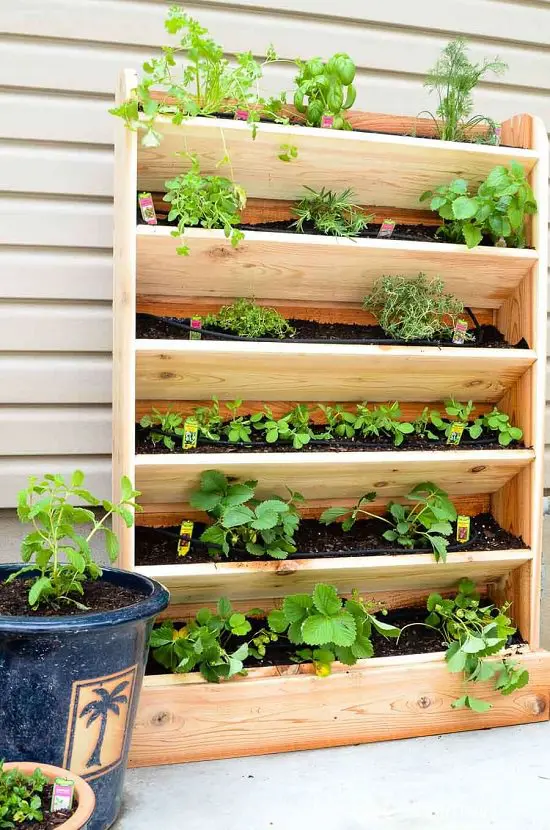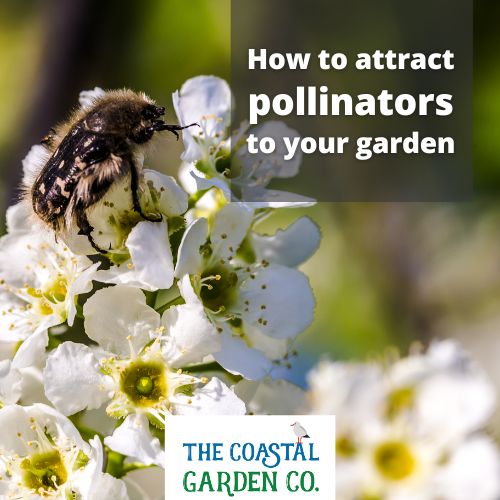
Have you noticed fewer buzzing bees and flittering butterflies in your garden lately?
Pollinators are the unsung heroes of our gardens, playing a crucial role in the growth of many fruits, flowers, and vegetables. These tiny creatures, from bees and butterflies to birds and bats, help transfer pollen from one bloom to another, ensuring plants can produce seeds and fruits. Yet, despite their importance, pollinators are in decline.
Factors such as habitat loss, pesticide use, and climate change threaten their populations. But don’t worry; there are simple ways you can help!
By making your garden a pollinator-friendly haven, you can support these vital creatures while enjoying a more vibrant, flourishing outdoor space.
Understanding the Decline of Pollinators
Pollinators like bees, butterflies, and birds play a crucial role in our ecosystems, yet their populations are dwindling at an alarming rate. Let's explore the key reasons behind this decline.
Habitat Loss
One of the primary reasons for the decline in pollinator populations is habitat loss. As urban areas expand and agriculture intensifies, the wild, flower-rich habitats that pollinators rely on are being destroyed. This destruction not only removes their food sources but also impacts their nesting sites, leaving these vital creatures fewer places to call home. Without the shelter and resources they need, pollinators can't thrive, leading to a decrease in their numbers.
Pesticide Use
The use of pesticides in agriculture and gardening is another significant factor contributing to the decline of pollinators. These chemicals are designed to kill pests but often have a harmful impact on pollinators as well. Neonicotinoids, a class of pesticides, are particularly notorious for disorienting bees, making it harder for them to find their way home or communicate effectively. When pollinators come into contact with these chemicals, it doesn’t just affect their health; it can also lead to colony collapse and a reduction in population.
Climate Change
Climate change is altering the environment, causing shifts in temperature, weather patterns, and blooming times for plants. These changes do not align with the natural cycles of pollinators. For example, flowers may bloom earlier than usual, leaving pollinators without a food source when they emerge. Additionally, changing climates can push pollinators out of their natural habitats to search for suitable conditions, impacting their ability to survive and reproduce effectively.
TOP TIP:
Pollinators need food all year round, so it’s crucial to ensure they have something blooming from early spring through late autumn. This variety supports their dietary needs during different stages of their lifecycle.
Importance of Pollinators in the Ecosystem
Despite their decline, pollinators remain indispensable to our ecosystems and everyday lives. Here's why they matter so much.
Contribution to Food Production
Pollinators are essential for the production of many of the foods we love. They play a vital role in pollinating fruits, vegetables, and nuts. In fact, about one out of every three bites of food we eat results from pollinators' work. Without them, the variety and availability of our food supply would be vastly reduced, as many crops rely on these creatures to produce fruits and seeds effectively.
Biodiversity Support
Pollinators help maintain biodiversity by encouraging the reproduction of a wide range of plant species. As they move from flower to flower, they facilitate cross-pollination, which is crucial for plant genetic diversity. This diversity, in turn, supports a variety of other species, creating complex and resilient ecosystems. Greater biodiversity leads to healthier ecosystems that can withstand environmental changes and stresses.
Economic Impact
Pollinators contribute significantly to the economy, especially in agricultural sectors. The crops they help pollinate are not only critical for food production but also for commodity trading. According to estimates, pollinators contribute billions of pounds to the global economy. Their role in increasing crop yields and ensuring the growth of high-quality produce translates into significant financial benefits, from small-scale farmers to the larger agricultural economy.
In understanding why pollinators are crucial and why their decline is alarming, we can take more informed and effective steps to protect them. As gardeners, homeowners, or community members, knowing these key aspects of pollinator importance can inspire meaningful actions, such as creating pollinator-friendly gardens and advocating for practices that support their survival.
Creating a Pollinator-Friendly Garden
Choosing the Right Plants
Choosing the right plants is key to attracting pollinators to your garden. Native plants are often the best choice as they are naturally adapted to your local environment and provide a familiar source of food and habitat for indigenous pollinators.
- Plant diversity: Include a variety of plants that bloom at different times of the year to ensure a continual supply of nectar and pollen.
- Avoid double-flowered varieties: These might look stunning but often have fewer accessible pollen and nectar resources for pollinators.
- Consider colour and scent: Bees are drawn to blue, purple, and yellow flowers, while butterflies can be lured by red and pink blooms. Scented flowers also attract specific pollinators.
Creating a pollinator-friendly garden is not just a fun and rewarding activity; it also plays a critical role in supporting the ecosystem. By inviting bees, butterflies, and other insects to visit your garden, you're contributing to a healthier planet.
Here’s how to create a welcoming haven for these vital creatures in your garden.
Seasonal Planting Ideas to Feed Pollinators
Each season brings a unique set of flowers that can attract a variety of pollinators. By understanding what to plant and when, you can ensure a bustling pollinator-friendly garden year-round.
Creating a paradise for pollinators isn’t just about having a flourishing landscape; it's also about providing these essential creatures with the nourishment they need throughout the year.
Bees, butterflies, and other pollinators play a crucial role in our ecosystem, and by giving them a buffet of delightful treats in your garden, you’re ensuring their survival and thriving. So, let’s explore some of the fantastic pollinator-friendly plants that can offer these industrious critters a feast in every season.
Spring: The Awakening Feast
As your garden springs back to life, it's crucial to start the season with a bang. Spring is a time when many pollinators emerge from hibernation, hungry and ready to get to work. To support them, consider planting early bloomers.
Crocuses are among the first to bloom, offering vibrant purples, whites, and yellows that are irresistible to bees. Plus, they’re relatively low maintenance, popping up year after year with little fuss.
Pulmonaria, or Lungwort, is another spring star. Its pink, blue, and purple flowers are a great early source of nectar. Besides, its spotted leaves add a unique touch to your garden.
Willows, often overlooked, are also excellent for early-season nectar and pollen. Their furry catkins provide an important food source at a critical time.
Summer: The Bountiful Banquet
Summer is the season of abundance, and there’s no shortage of options for creating a paradise for pollinators.
Lavender not only smells divine but also attracts bees and butterflies by the droves. Plant it in sunny spots, and enjoy its fragrance wafting through your garden while it works its magic with the pollinators.
Echinacea, or Coneflower, is both beautiful and functional. Its large, daisy-like flowers in shades ranging from purple to pink and white provide a platform for butterflies to land and feast.
Salvia offers long spires of blooms and is a favourite amongst hummingbirds and bees. With various colours and sizes, there's a Salvia for every garden style.
Autumn: The Late-Season Spread
As the days shorten and cool, ensuring that food sources remain available becomes vital. Pollinators need to stock up on nutrients before winter arrives.
Sedum, or Stonecrop, is a succulent with clusters of star-shaped flowers in late summer and autumn. Bees, in particular, love its flat-topped flowers, which linger as other plants start to fade.
Asters bloom in late summer to autumn and are a fantastic source of nectar for bees and butterflies. Their star-shaped flowers in purple, pink, and white provide a bright splash of colour just when needed.
Goldenrod has unjustly earned a reputation for causing allergies, yet it is an invaluable late-season nectar source for bees and butterflies with its striking golden plumes.
Winter: The Overlooked Oasis
Winter might seem like a time of rest, but even then, you can provide for pollinators by planning ahead.
Hellebores, also known as Christmas Roses or Lenten Roses, bloom in late winter to early spring. Their hardy nature and early flowers provide a much-needed food source during the bleak midwinter months.
Mahonia, with its spiky foliage and cheery yellow flowers, blooms in late winter to early spring. Bees love it, and its presence in your garden can brighten up gloomy days.
Winter Heather provides a brilliant colour and nectar source in the coldest months. These low-growing beauties are perfect for ground cover and are adored by early-emerging bumblebees.
By strategically planning your garden to include a variety of pollinator-friendly plants for every season, you are creating a supportive habitat for these crucial creatures, ensuring they thrive year-round. So, grab your gardening gloves and trowel, and get planting! Your buzzing friends will thank you.
Incorporating Water Sources
Like every living creature, pollinators need water to thrive. By incorporating a simple water source into your garden scheme, you’re offering them much-needed respite.
- Shallow Dish:
A shallow dish filled with water and pebbles can be a fantastic resource. The pebbles give smaller insects a place to rest safely while drinking.
- Miniature Pond:
If you have space, consider a small pond that can serve as a habitat for various creatures.
- Regular Maintenance:
Ensure that your water sources are refreshed regularly to avoid them becoming stagnant and attracting mosquitoes.
Bringing pollinators back to your garden is not only fulfilling but is also crucial for our ecosystem.
By understanding the reasons behind their decline and making conscious choices about what we plant, we can create a haven for these essential creatures.
Here’s a quick recap to get you started:
- Choose native plants that suit the Southwest.
- Avoid using harmful pesticides.
- Provide a variety of blooms throughout the seasons.
Together, we can make our gardens more inviting for pollinators, contributing to a healthier, more vibrant world. Your efforts in planting bee-friendly plants and creating a garden sanctuary will be richly rewarded with the bustling activity of grateful bees, butterflies, and more.
Happy gardening!
4 steps to make your garden the way YOU want it to be.
1. Arrange a free quote
Fill out our form below or call us to arrange a time that is convenient to you for us to view the garden.
2. We’ll arrange a free garden visit
We’ll work with you to give you the best price for your desires and budget.
3. Your perfect garden will be created
Sit back and relax safe in the knowledge that we will transform your garden for you to use as you wish.
4. We will take away your garden waste and dispose of it responsibly
We’re certified and insured, giving you peace of mind.
Remember, there’s no shame in asking for help when it comes to gardening. Whether you’re seeking professional assistance or relying on the support of friends and community resources, getting the help you need can make the process more enjoyable and rewarding.
Making your garden the way you want is our priority.
Whether it’s a veggie plot so you can enjoy soups and salads, or a tranquil flower garden to relax in, we will make sure your garden is the way you want.
Our specialisms include; Turfing, Artificial Grass and Lawn Care, Garden Maintenance, Garden Clearances, Fencing, Gravelling, Raised Beds, Garden Clearances, Planting and much more!
Simply call 07804 056171 or email [email protected]
Turfing, Artificial Grass and Lawn Care
For immediate impact turfing your garden can totally transform your it giving you a outside space to relax in straight away.
Gravelling
A gravel driveway or patio is a quick and attractive alternative to block paving or brickwork. Our gravelling service is top quality and competitively priced.
Garden Clearances
Does your garden resemble an overgrown and unmanageable jungle? Let The Coastal Garden Company take the hassle and mess away with our garden clearance service.
Planting
It can be a challenge knowing which plants will thrive in certain environments; The Coastal Garden Company is here to give you the right advice on choosing, sourcing & planting.
Fencing, Decking & Woodwork
Our fencing & woodwork service is top quality and competitively priced, and will make a huge difference to the appearance of, and how you feel about, your garden.
Garden Maintenance
Are you looking for a regular gardener? We provide garden maintenance service includes lawn mowing, lawn edging, planting, digging over ground and weeding etc.
